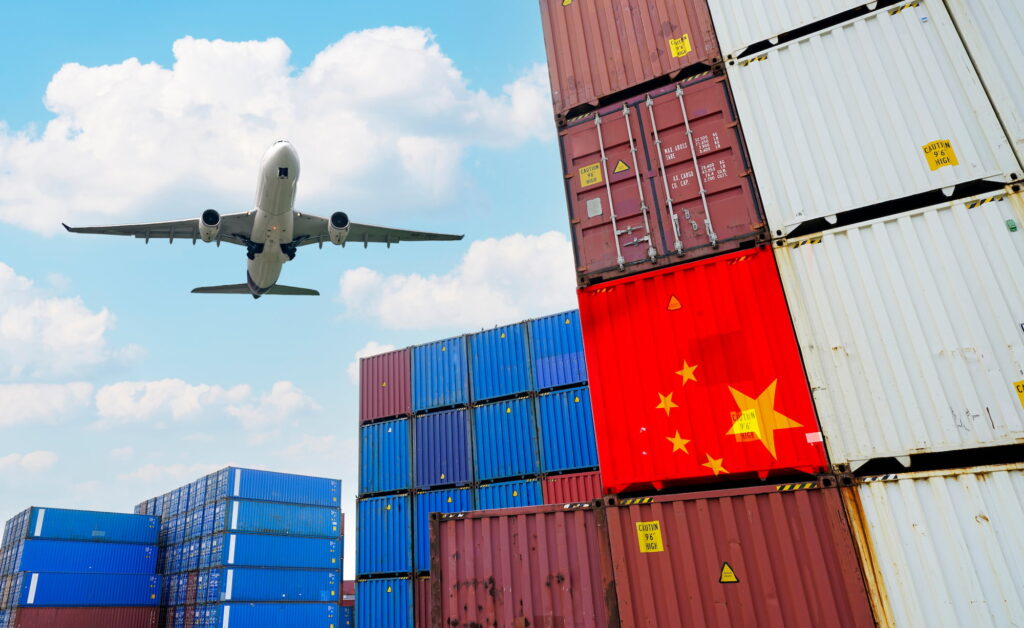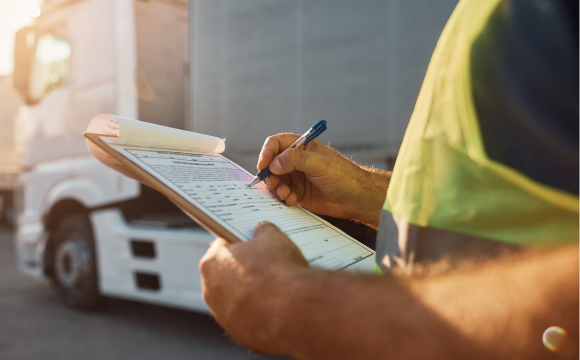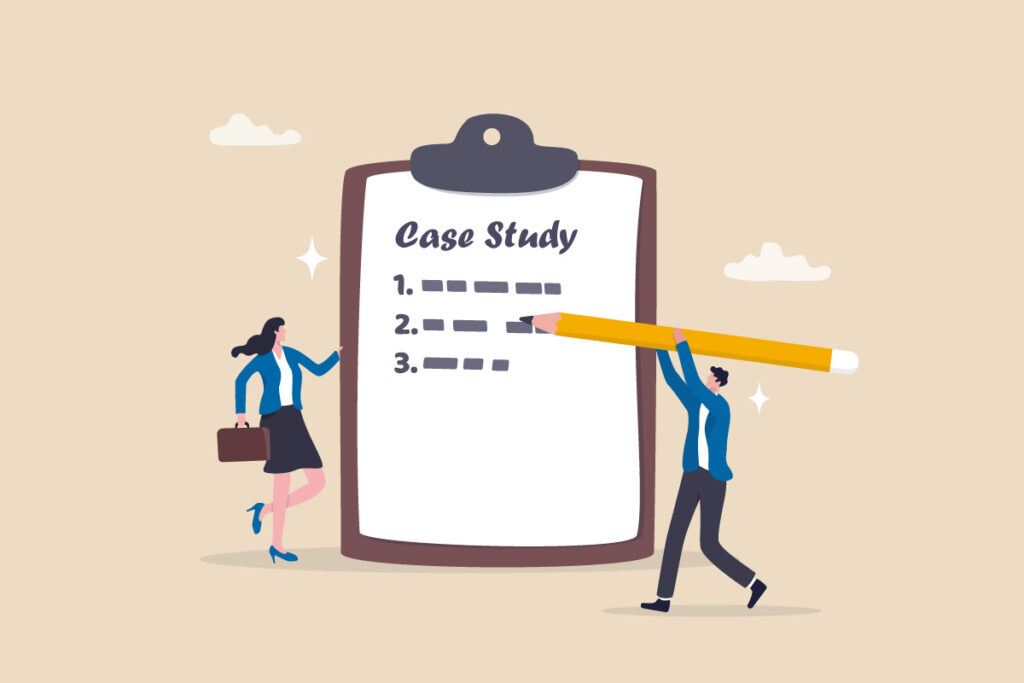- By TOP CHINA FREIGHT
- September 29, 2025
- Air Freight, Shipping
Table of Contents
Air freight shipping from China is one of the fastest ways to move goods internationally, but it also comes with unique costs, customs requirements, and logistics challenges. Many importers struggle to balance speed with budget, yet with the right planning and knowledge, businesses can optimize their supply chain and avoid costly delays. This guide breaks down the essentials, from rates and transit times to customs paperwork and strategic tips.

What makes air freight shipping from China popular?
1.Air freight offers speed and reliability, reaching destinations in days compared to weeks by sea.
2.Ideal for high-value, time-sensitive, or perishable goods.
3.Extensive coverage of global hubs in the US, Europe, and Southeast Asia.
4.Commonly used for electronics, fashion, medical supplies, and spare parts.
5.Though more expensive, it provides benefits such as:
- Lower risk of damage
- Reduced inventory holding costs
- Faster cash flow turnover
How much does air freight shipping from China cost?

Air freight pricing is determined by several factors, including weight, volume, destination, and seasonal demand. Airlines typically charge by chargeable weight, which is the greater of actual weight or volumetric weight.
Average Air Freight Rates (Reference Only)
| Destination | Cost per kg (USD) | Transit Time | Notes |
|---|---|---|---|
| USA | $4 – $8 | 3 – 7 days | Major routes via LAX, JFK |
| UK | $5 – $9 | 3 – 6 days | Includes customs clearance time |
| Australia | $4 – $7 | 4 – 8 days | Seasonal demand impacts rates |
| Middle East | $3 – $6 | 3 – 5 days | Stable demand, fast clearance |
Costs vary based on fuel prices, international demand, and peak seasons (such as before Chinese New Year or holiday shopping periods). Therefore, shippers should request updated quotes before booking.
What is the typical transit time for air freight?
Transit times for air freight from China depend on both the flight schedule and customs clearance at the destination. Direct flights usually deliver cargo within 2–4 days, while indirect flights with transshipment can take up to a week.
Typical Transit Times from China
| Region | Transit Time |
|---|---|
| North America | 3–7 days |
| Europe | 3–6 days |
| Southeast Asia | 2–4 days |
| Middle East | 3–5 days |
Delays can occur during peak shipping seasons or due to strict customs inspections. To mitigate risks, importers should plan shipments in advance and ensure all documentation is accurate.
What documents are required for air freight shipping from China?

Proper documentation is essential to avoid customs delays or fines. Most shipments require:
| Document | Purpose |
|---|---|
| Commercial Invoice | Declares value and description of goods |
| Packing List | Details package contents, weight, and dimensions |
| Air Waybill (AWB) | Contract between shipper and airline |
| Customs Declaration | Required for import/export clearance |
| Certificates (if needed) | Health, safety, or origin certificates |
Having complete and correct paperwork not only speeds up clearance but also reduces the risk of extra fees.
How does air freight compare with sea and rail freight?
Choosing between air, sea, and rail freight depends on business needs.
| Mode | Cost | Speed | Best For | Limitations |
|---|---|---|---|---|
| Air Freight | High | Fastest | Urgent, high-value cargo | Expensive, weight limits |
| Sea Freight | Low | Slowest | Bulk shipments, low-cost goods | Long lead time |
| Rail Freight | Medium | Moderate | Landlocked destinations | Limited routes |
Air freight is ideal when deadlines are tight or when products have high profit margins. However, for bulk or heavy items, sea freight remains more economical.
Should you consolidate air cargo shipments?
Consolidation allows multiple shippers to combine cargo in one shipment, lowering costs per kilogram. This method is efficient for small and medium-sized businesses that do not require full cargo space.
Benefits of consolidation:
- Lower freight rates
- Reduced customs clearance fees
- More frequent departures
However, consolidated shipments may face slightly longer handling times due to shared logistics. Businesses must weigh cost savings against urgency.
What strategies can reduce air freight costs?
Rates often rise during peak demand.
Reducing volume lowers chargeable weight.
Share space with other shippers.
Avoid urgent express shipments when possible.
They negotiate better rates with airlines.
Case study: A fashion retailer shipping by air

A mid-sized European fashion retailer needed to ship seasonal collections quickly from Guangzhou to London. By using air freight, the company delivered goods within 5 days, ensuring products reached stores before the holiday season. Although costs were higher compared to sea freight, the faster turnaround enabled the retailer to capture high seasonal demand and maximize sales. By working with a reliable freight forwarder, they also optimized packaging to reduce volumetric charges, saving nearly 12% in freight costs.
What industries benefit most from air freight shipping?
Certain industries rely heavily on air freight due to time sensitivity and product value:
1.Electronics
Smartphones, laptops, and components
2.Fashion and apparel
Seasonal clothing and accessories
3.Pharmaceuticals
Vaccines, medical equipment, and urgent supplies
4.Automotive
Spare parts for assembly lines
5.E-commerce
High-demand consumer goods
These industries often prioritize speed over cost to maintain competitiveness and meet consumer expectations.
Why work with a freight forwarder for air shipments?
Managing air freight independently can be overwhelming, given the complexity of regulations, documentation, and airline coordination. Freight forwarders act as intermediaries, providing:
- Negotiated rates with airlines
- Assistance with customs paperwork
- Cargo insurance options
- End-to-end tracking and visibility
- Consolidation services for smaller shipments
With professional support, businesses minimize risks and ensure timely deliveries.
Conclusion
Air freight shipping from China is the fastest and most reliable way to move time-sensitive or high-value goods across global markets. Although it comes at a higher cost compared to sea or rail transport, the benefits of speed, reduced inventory holding, and better supply chain flexibility often outweigh the expenses. By planning shipments strategically, optimizing packaging, and working with experienced freight forwarders, businesses can achieve cost-effective and efficient results.
Need a Shipping Quote?
If you want expert guidance and peace of mind, our team is ready to assist.
TJ China Freight offers tailored solutions to help businesses of all sizes ship more reliably from China.

FAQ
Q1:Can hazardous goods be shipped by air freight?
Yes, but hazardous materials must comply with IATA regulations. Proper labeling, packaging, and documentation are mandatory for approval.
Q2:Do I need insurance for air freight shipping?
Insurance is not mandatory, but strongly recommended. It protects against loss, damage, or theft during transit, especially for high-value goods.
Q3:How can I track my air freight shipment?
Air freight shipments come with an Air Waybill number, which can be used to track progress online through airline or forwarder systems.
Q4:Is customs clearance faster with air freight?
Generally yes. Air freight often has dedicated customs channels, but clearance speed still depends on documentation accuracy and local regulations.
Q5:Can I ship personal items via air freight from China?
Yes, individuals can ship personal effects. However, customs duties and restrictions vary by country, so always check local import requirements before shipping.
